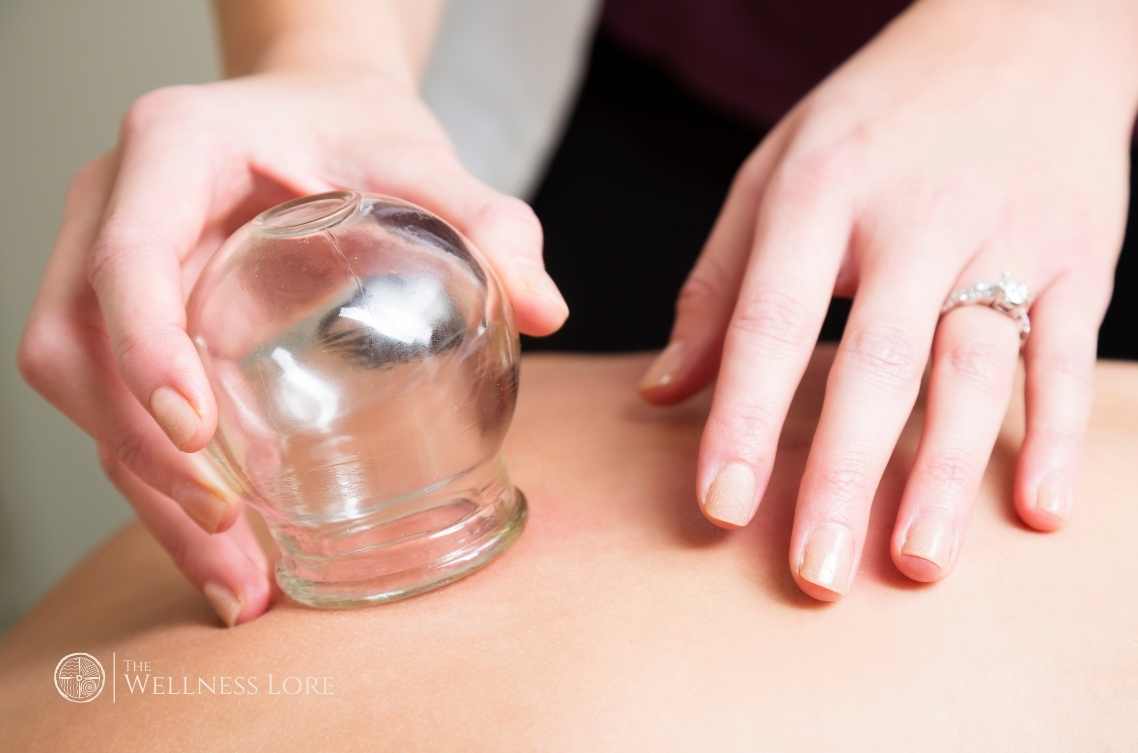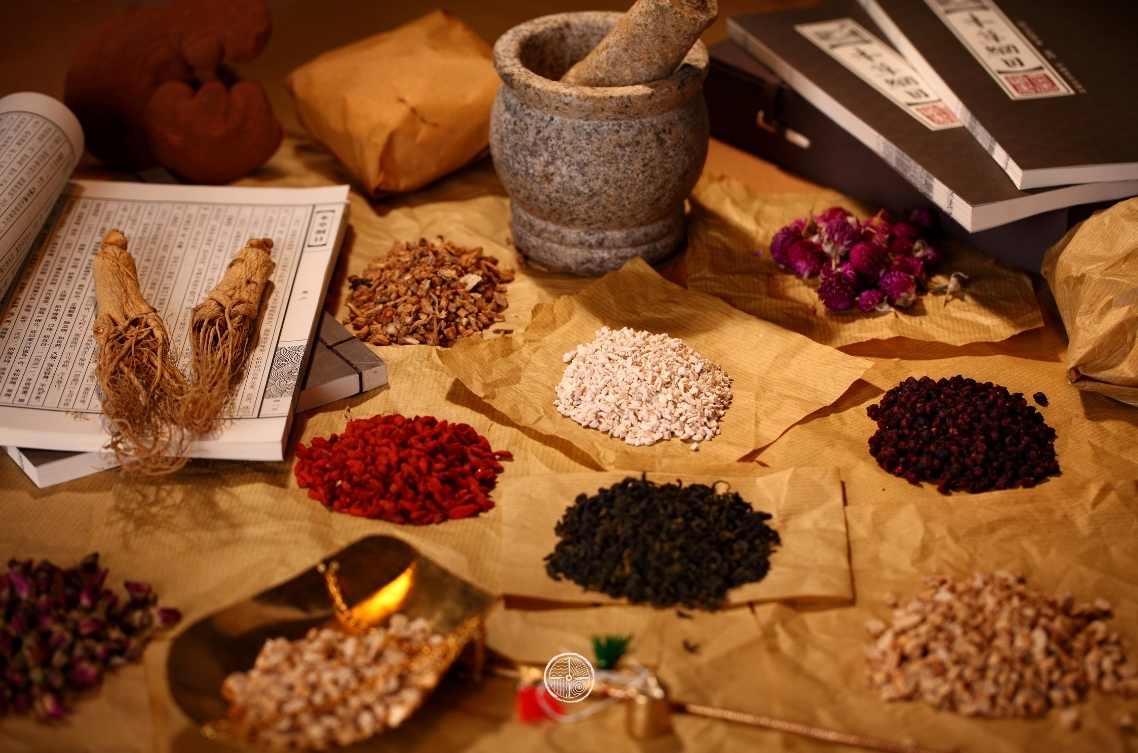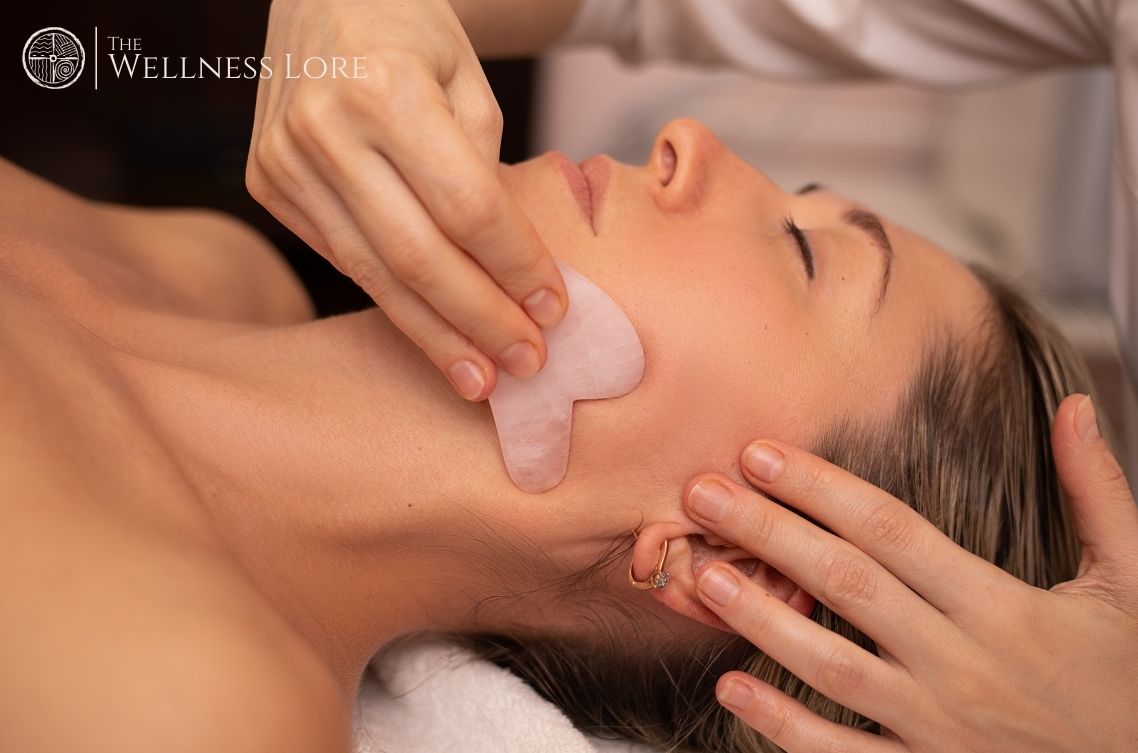Cupping Therapy: A Traditional Practice of Healing

Since ancient times, alternative treatments have been an integral part of people’s lives. Even today, many people over the world use complementary medical therapies to obtain relief from various ailments and to stay healthy. This article will discuss complementary therapies of this sort called cupping therapy, a kind of deep-tissue massage technique.
Origin of Cupping Therapy
Cupping therapy is an alternative medical practice in which the practitioner places a cup over the skin and creates negative pressure through suction. People prefer this therapy for various reasons, including lack of appetite, relaxation and stimulating blood circulation, etc. Since its inception more than a thousand years ago, cupping therapy has carried many different forms. However, the fundamental idea behind this therapy—improving our inherent ability to heal—remains the same. Many cultures have contributed to the evolution and survival of this therapy.
Cupping therapy in various cultures
Egypt
In early European medicine, cupping had a significant role. Egypt is where cupping first made its way to the West. According to one of the oldest medical documents, the Ebers Papyrus, Egyptians were using cupping therapy as early as 1550 B.C.
China
In China, the therapy was practiced by a physician of the eastern Jin dynasty, Ge Hong, who is regarded as the “originator of traditional Chinese medicine” and lived between 220 and 589 C.E. Early Chinese texts also documented a few cupping procedures. A Chinese physician named Zhao Xueming wrote a book called “Ben Cao Gang Mu Shi Yi” more than 200 years ago. In it, he provided a detailed account of the development of various cupping therapies.
West Asia
Cupping therapy is known as Al-hijamah in Arab-speaking nations, where, Hijamah means suction and is regarded as one of the traditional healing procedures. Many Islamic physicians who practiced medicine in the period around 980 AD featured illustrations in their literature explaining this cupping technique.
Aside from that, this therapy has been practiced in various forms across the world, with West Asian countries being the most prominent.
India
The father of Indian surgery, Acharaya Sushruta, described the Pradhanakarma principle in Ayurveda. One of its functions, Raktamokshan, is similar to cupping therapy and is used to treat various ailments. The concept of “raktamokshan” treatment is to purify the blood by removing poisons. Elimination of impure blood from the body is the key objective of this therapy.
How does Cupping Therapy Work?
Cupping therapy is the most effective approach for removing toxins from body tissues and improving energy flow, in addition to promoting healing. The suction induced by the practitioners using special cups enables the tissue beneath the cup to be drawn up and swell, increasing blood flow to the affected area. Increased blood flow beneath the cups pulls toxins out of the surrounding tissues and organs up to the surface.
Cupping therapy is not just for those with health issues. It is also used by healthy individuals to rejuvenate their bodies and slow down the aging process. Cupping can be classified into several types based on the type of cup used, the purpose of the cupping, and the type of suction utilized. The most prominent are:
- Dry cupping
- Wet cupping.
Let us take a closer look at the cupping therapies described above.
Dry cupping
Dry cupping is noninvasive and does not require any bloodshed. and it is most prevalent in the United States nowadays. Dry cupping also includes fire cupping.
Fire cupping:
We could have all seen it in the famous film “The Karate Kid” the character Miyagi employed fire cupping to help heal injuries received by the student, Dre, while training and fighting. Fire cupping is an amazing healing therapy that we still use to treat painful muscles, muscular spasms, and muscle tension, provide pain relief, encourage blood flow, promote healing, and improve range of movement and flexibility. It is the most widely utilized type of cupping therapy in China.
This dry cupping technique involves placing a combustible item into the cup, such as paper, alcohol, or herbs, and instantly burning it. When the fire has subsided, the cup is turned upside down and placed on the skin. As the cup cools, it creates a vacuum, which lifts the skin into the cup. Shortly afterward, the blood vessels will expand, and the skin will turn red. The cup will be left in place for roughly three minutes.
Manual-suction Procedure:
When dry cupping is performed, suction cups are applied to skin that is either dry or has been lotion-coated. The lotion enables the suction cup to glide over the affected area, providing a deep tissue massage. Each suction cup has a valve attached to it that contains a small, hand-operated pump that creates suction. Multiple cups will be applied simultaneously and left on for five to twenty minutes to treat a sore or painful area. Skin redness is only temporary and will quickly fade away over the course of two to three days. Dry cupping is safe when performed by a skilled physical therapist or alternative medicine professional.
Benefits of Dry Cupping
Pain and inflammation reduction, nervous system relaxation, increased circulation to the treated area, softening adhesions and rigid connective tissue, drainage of toxins and waste from the lymphatic system, and the capacity to impact deeper, more difficult-to-reach muscles and other soft tissues.
Wet Cupping
Wet cupping, also known as Al-Hijamah, is more common in Islamic countries, as we stated before in this article. Unlike standard wet cupping, which uses a two-step technique, the hijamah treatment uses a three-step technique. Wet cupping, also known as bloodletting, is performed by making a 1.5 ml incision on the skin where the cup will be placed. In this treatment, a cup is left in place for around 3 minutes to provide a gentle suction. During suction, A bit of the patient’s blood will be drawn out. The intention is to remove the infected, toxic blood.
Al-Hijamah
Al-Hijamah is a three-step wet cupping procedure that includes surface piercings, cupping, and further cupping. During Al-Hijamah, the skin functions as a super kidney which helps to excrete toxins. Generally, it is preferred to clear blood and interstitial fluids with abnormally high levels of pathological agents. In Islamic medicine, the third quarter of the lunar month, particularly the 17th, 19th, and 21st days, are advised for Al-Hijamah. Because, in the third lunar quarter, individuals with a lower physical fitness score had significantly higher arterial blood pressure. For the piercings and for attaching the cups, honey is used in Al-Hijamah to promote healing.
Benefits of Wet Cupping
The benefits of wet cupping include the ease of migraines, lower back and neck pain, sciatica, immunity-boosting, improved digestion- better sleeping, relief from anxiety and depression, healthy skin conditions- aids in respiratory illnesses, and lowering of blood sugar, cholesterol, and uric acid level.
The Chinese practice of cupping therapy
China is thought to be one of the countries that may have contributed to the invention of cupping therapy, as we mentioned before in this article. Here are a few cupping therapies that are being practiced in China.
China currently uses seven different types of significant cupping therapies. In most cases, cupping practitioners use the heat from ignition to create suction inside the cups and then place them on the region of the body that needs to be treated.
Retained cupping – In this procedure, a triangle-edged needle is used to make small incisions on the cups before suction, followed by a firmly tapped acupoint to cause bleeding.
Bleeding cupping – Bleeding cupping is the same as wet cupping. We have gone through wet cupping in detail.
Moving cupping – This technique involves applying oil to the skin and sliding the cup over the area that needs massage while using weak suction. It is appropriate for everyone, including children and the elderly.
Needle cupping -When performing needle cupping, the acupuncture needle is inserted first onto the skin, and then the cup is placed on top.
Water cupping-During the procedure, the cup must be filled with warm water to the top third. Then put burning cotton wool into the cup and turn the cup on the skin, then slowly bring the cup close to the region to be treated.
Herbal cupping-Herbal cupping involves putting bamboo cups in an herbal infusion and heating them before applying them to the skin. The treatment involves 15 sessions total, one session every day.
Flash cupping-The act of instantly doing several moderate-to-light pressure cuppings is called flash cupping.
Why is cupping crucial in the current era of recurrent pandemics?
Since long before the development of modern medicine, complementary medicines have been the lifesaver of people across geographies. The use of cupping therapy is widely acknowledged by prominent physicians from many eras and civilizations. People continue to gain advantages from this traditional therapeutic method, which helps people recover from a wide range of illnesses. In this time when we are battling different illnesses every day, this type of complementary therapy that helps people improve their auto-immune and self-healing abilities is greatly needed.
More Recent Stories



